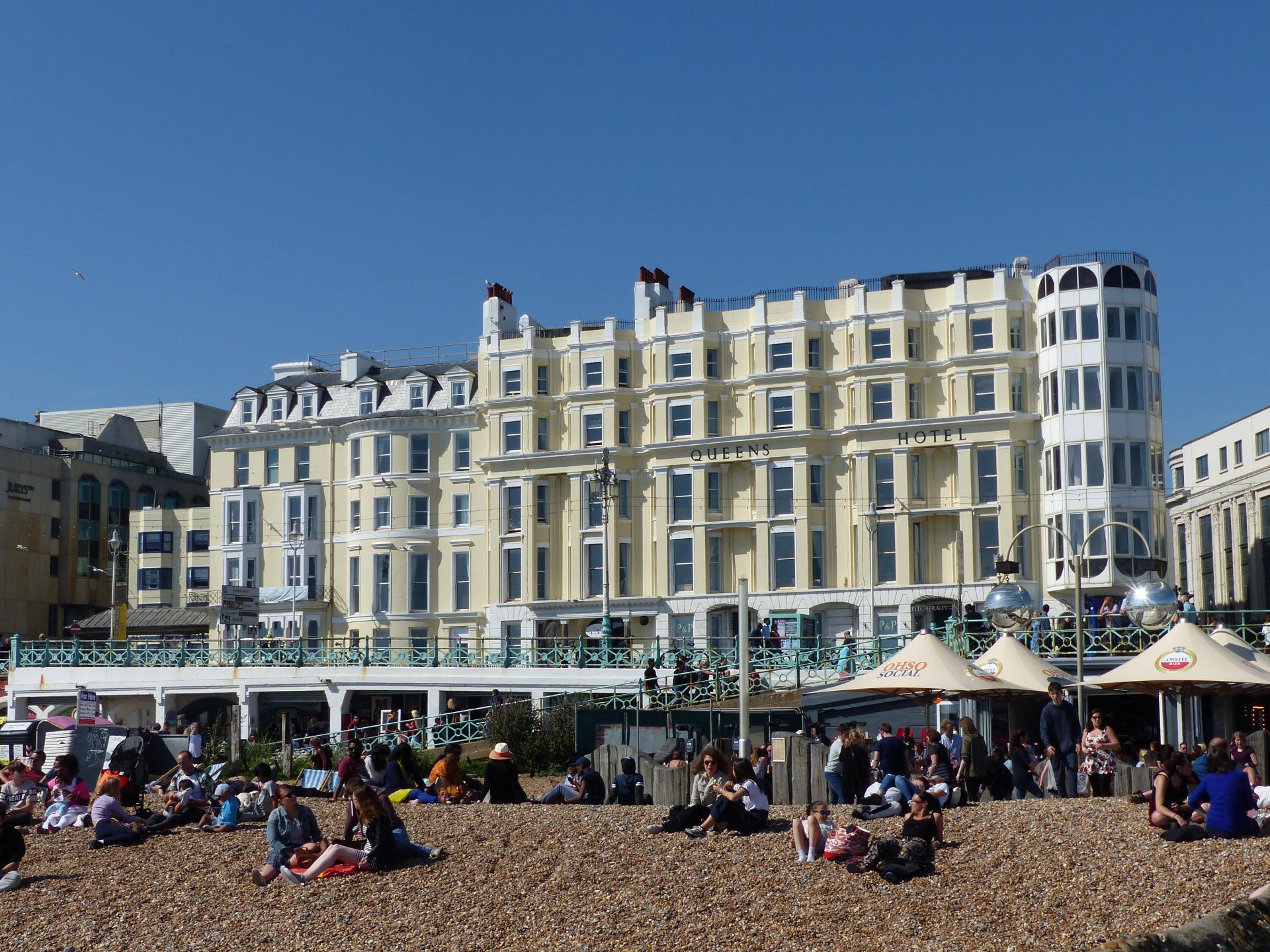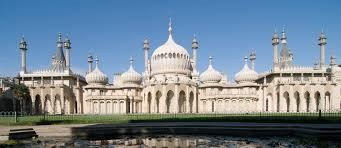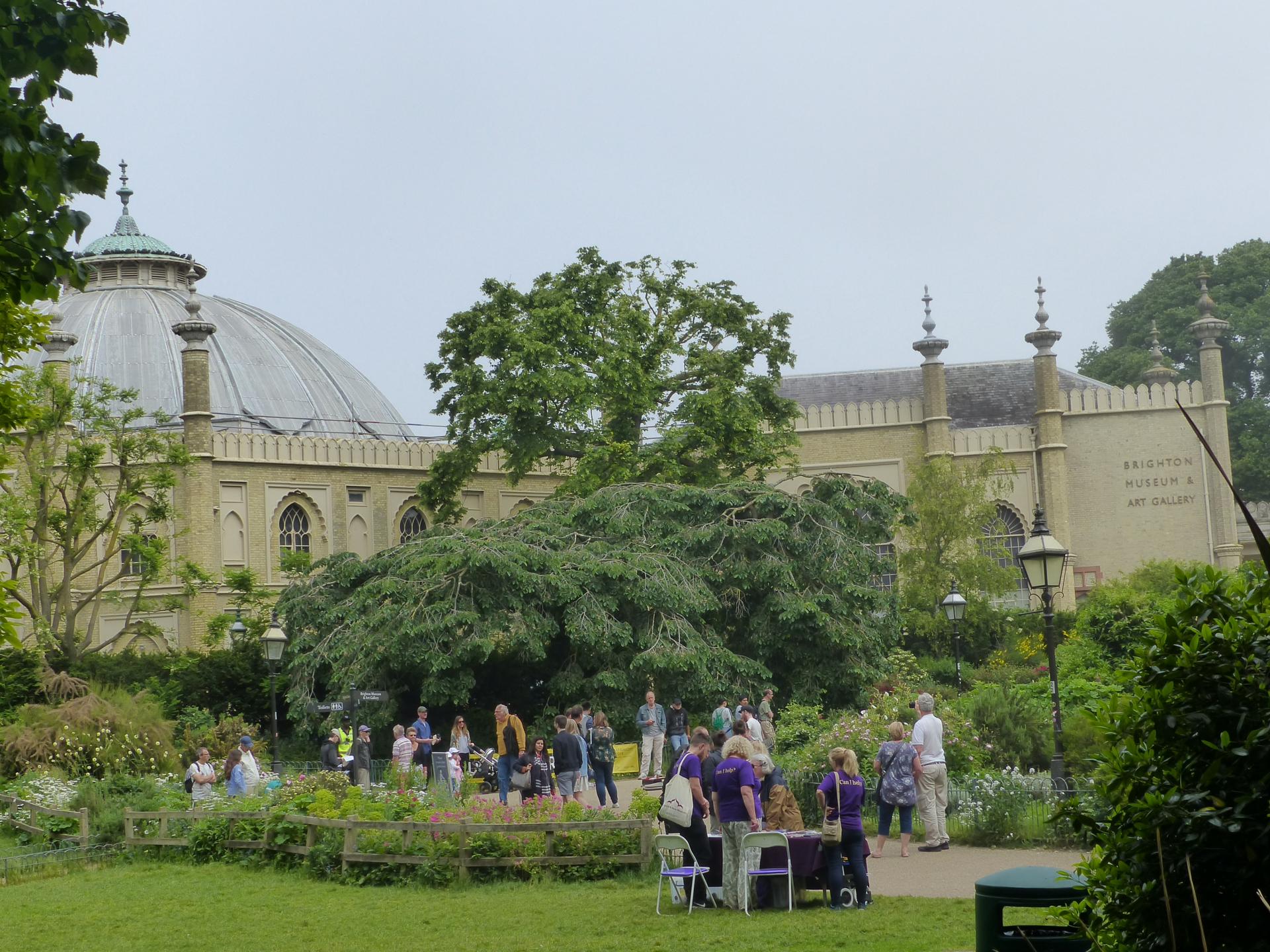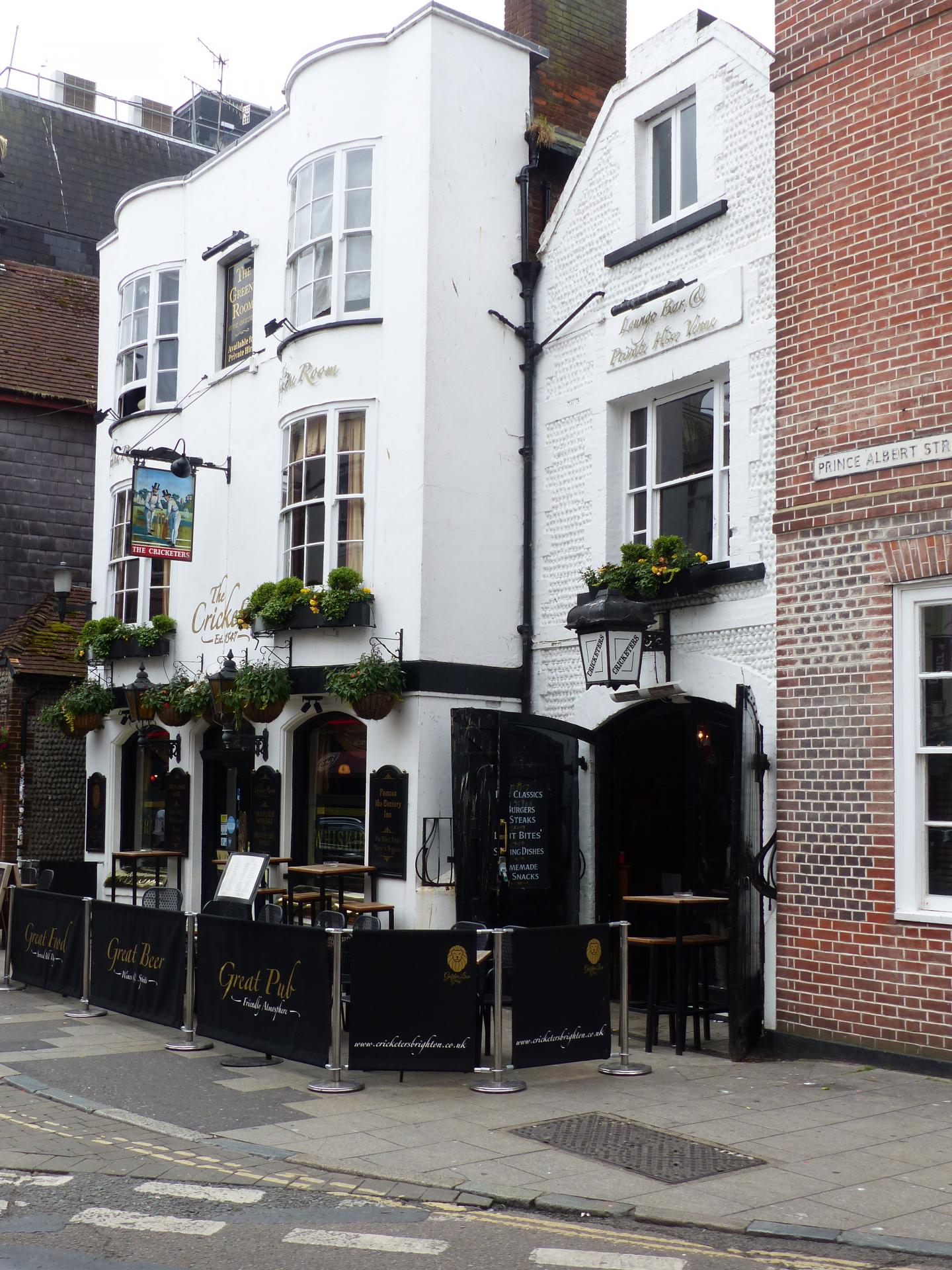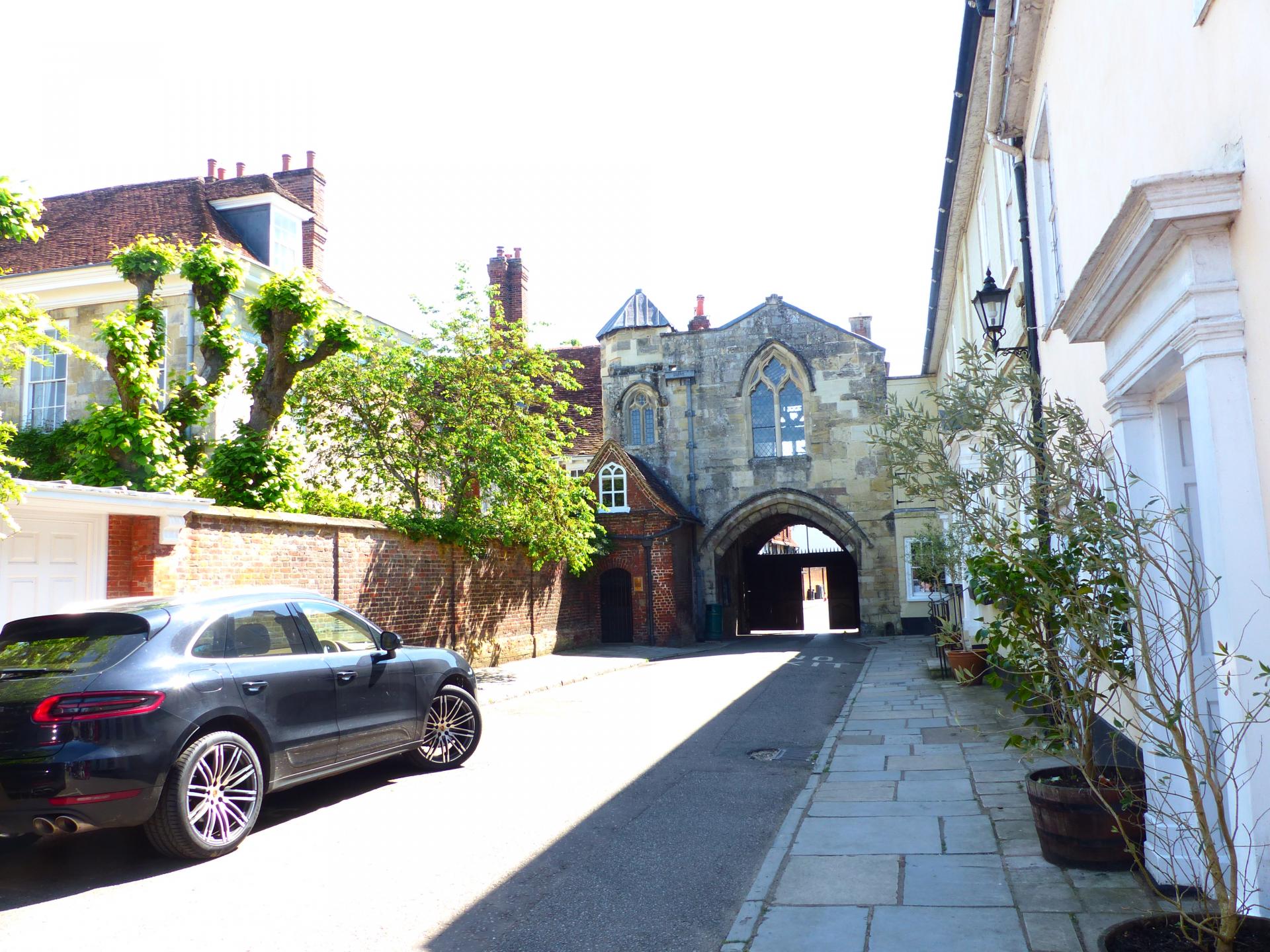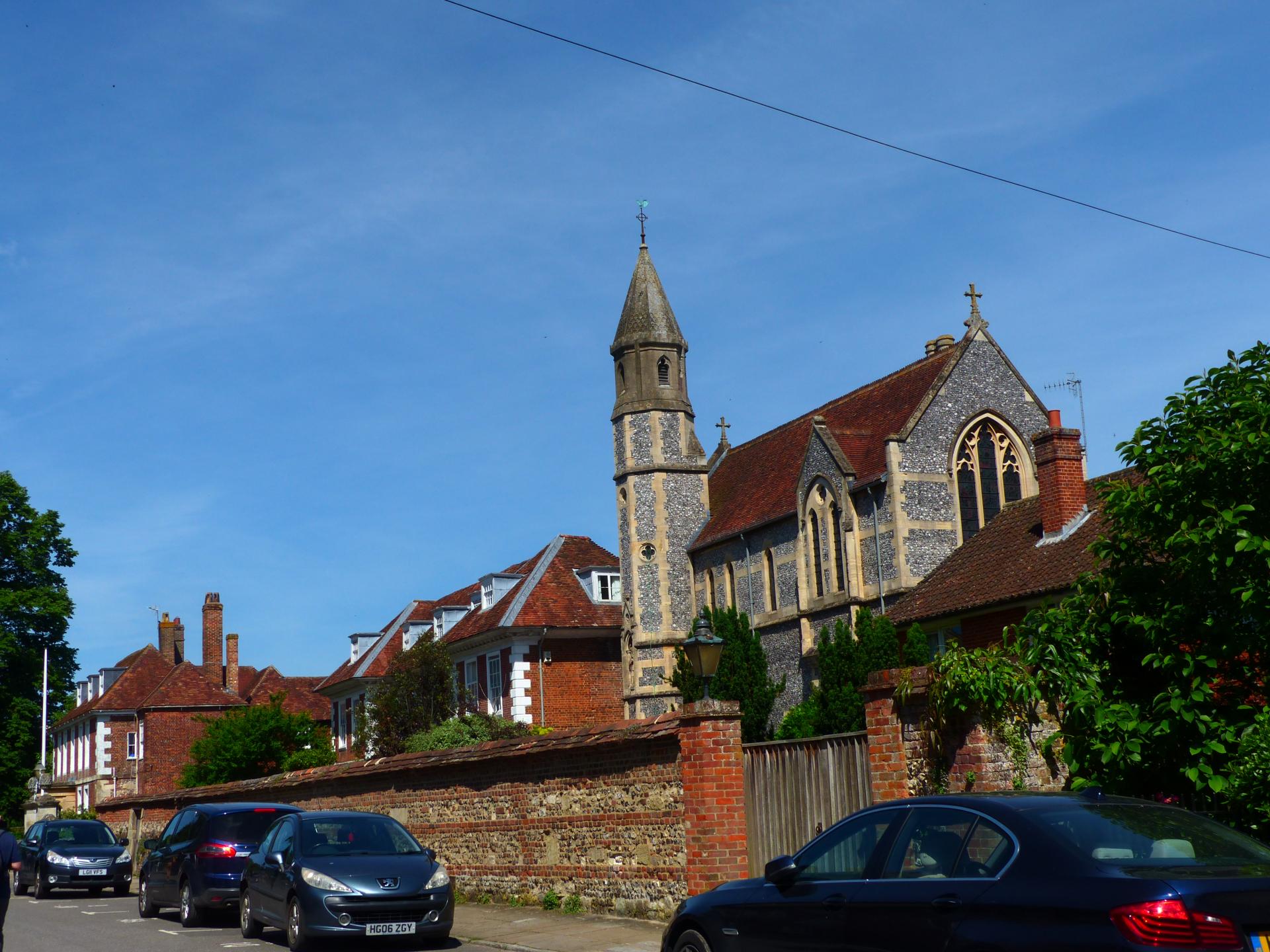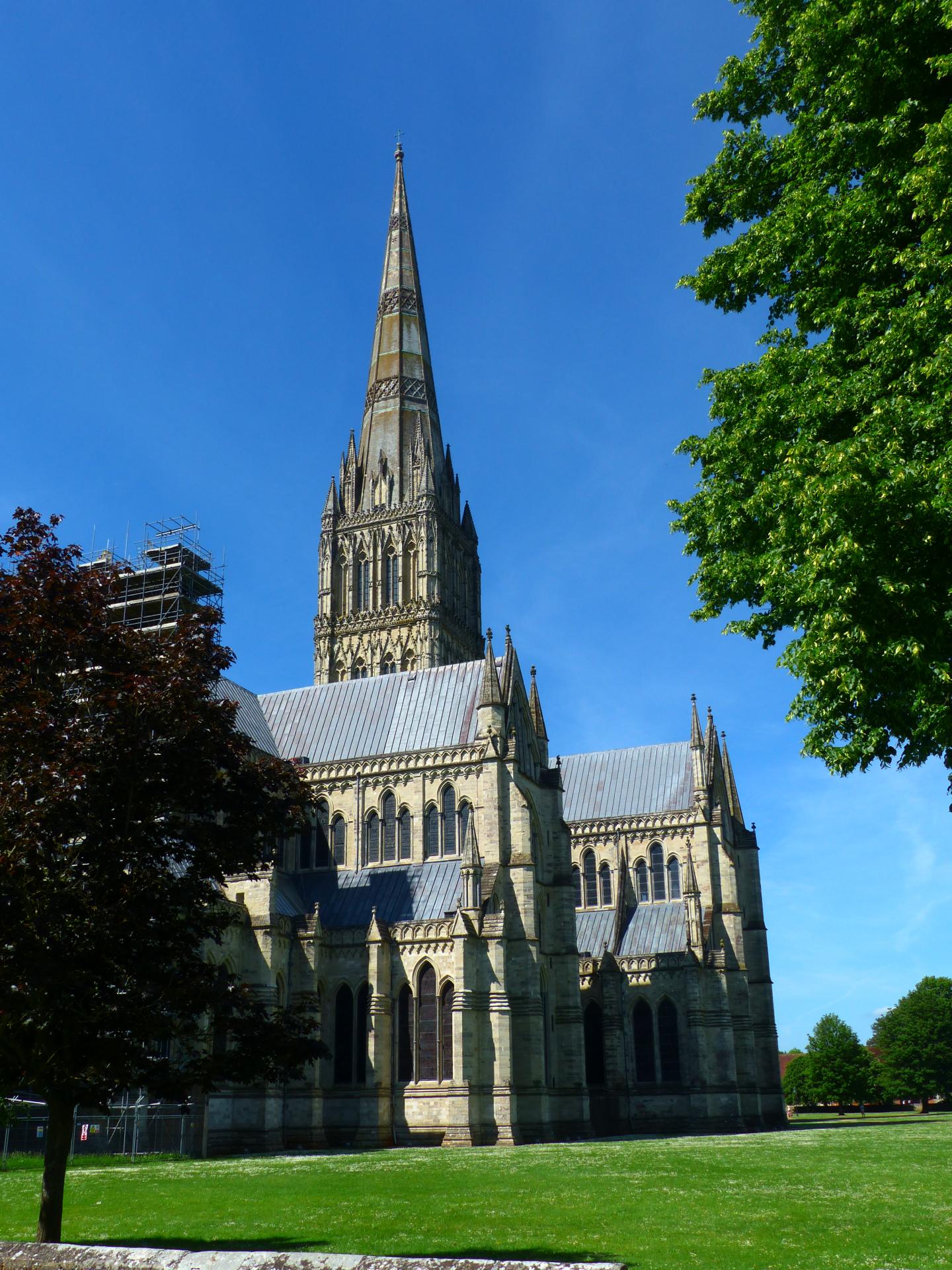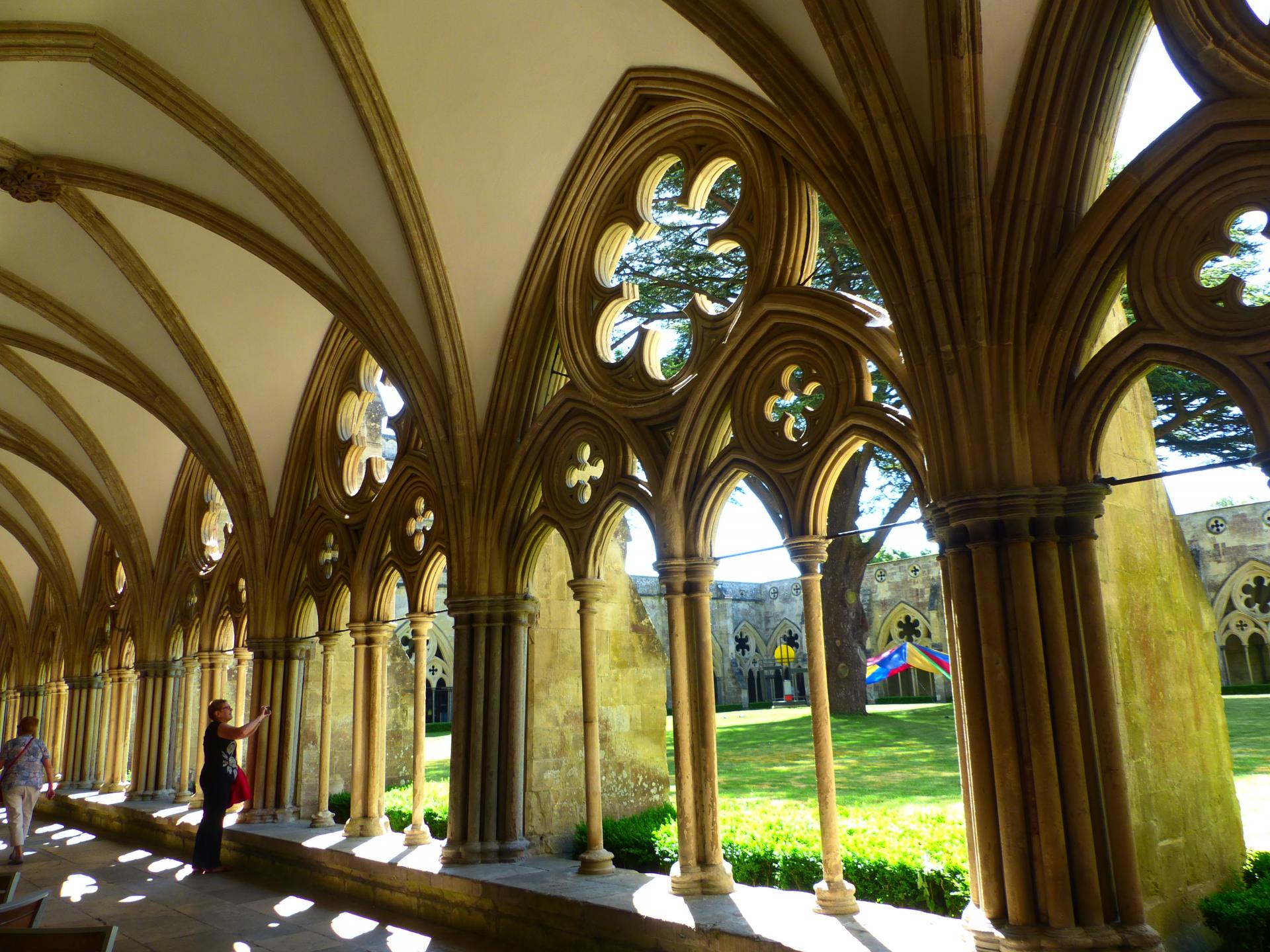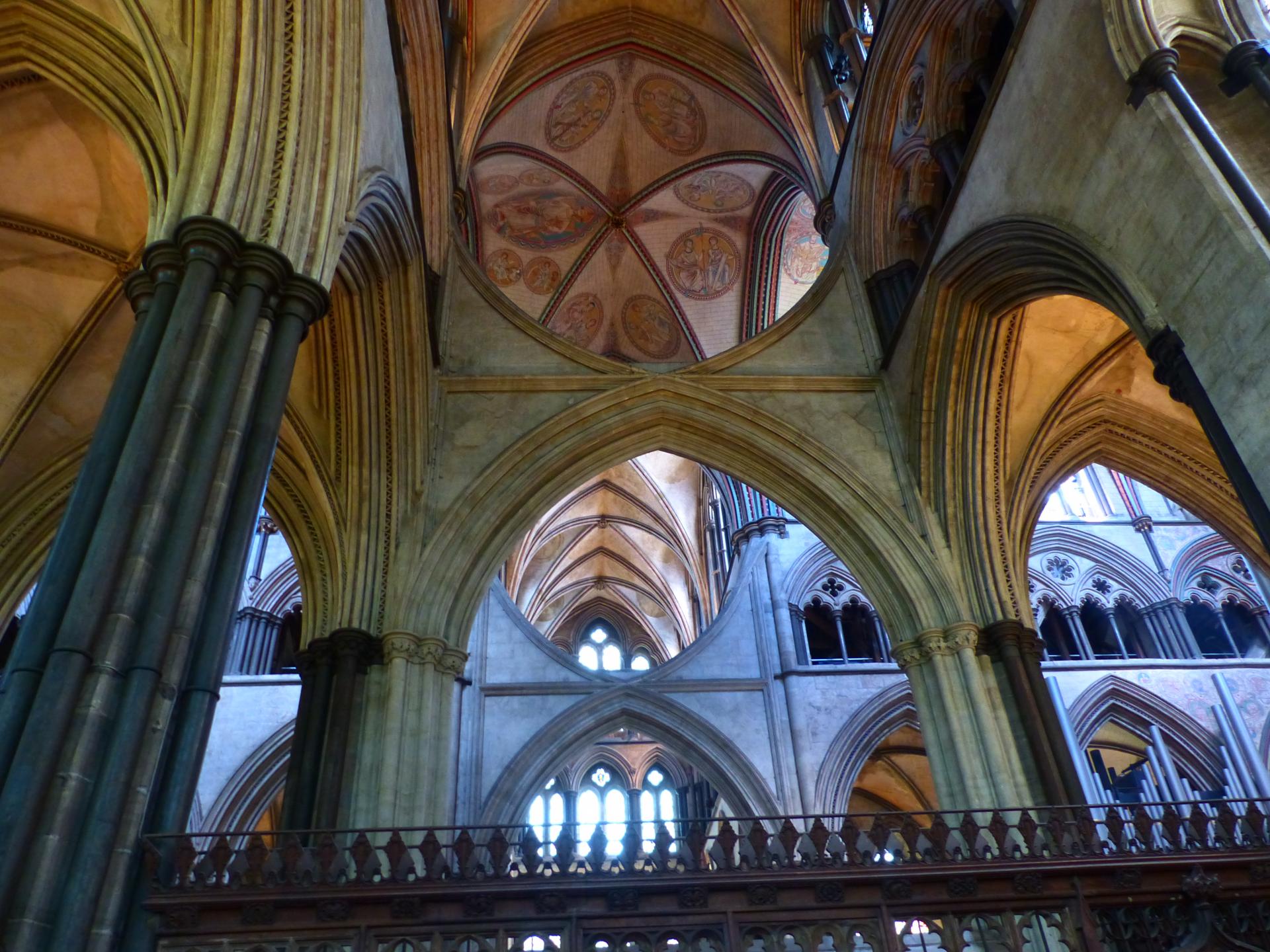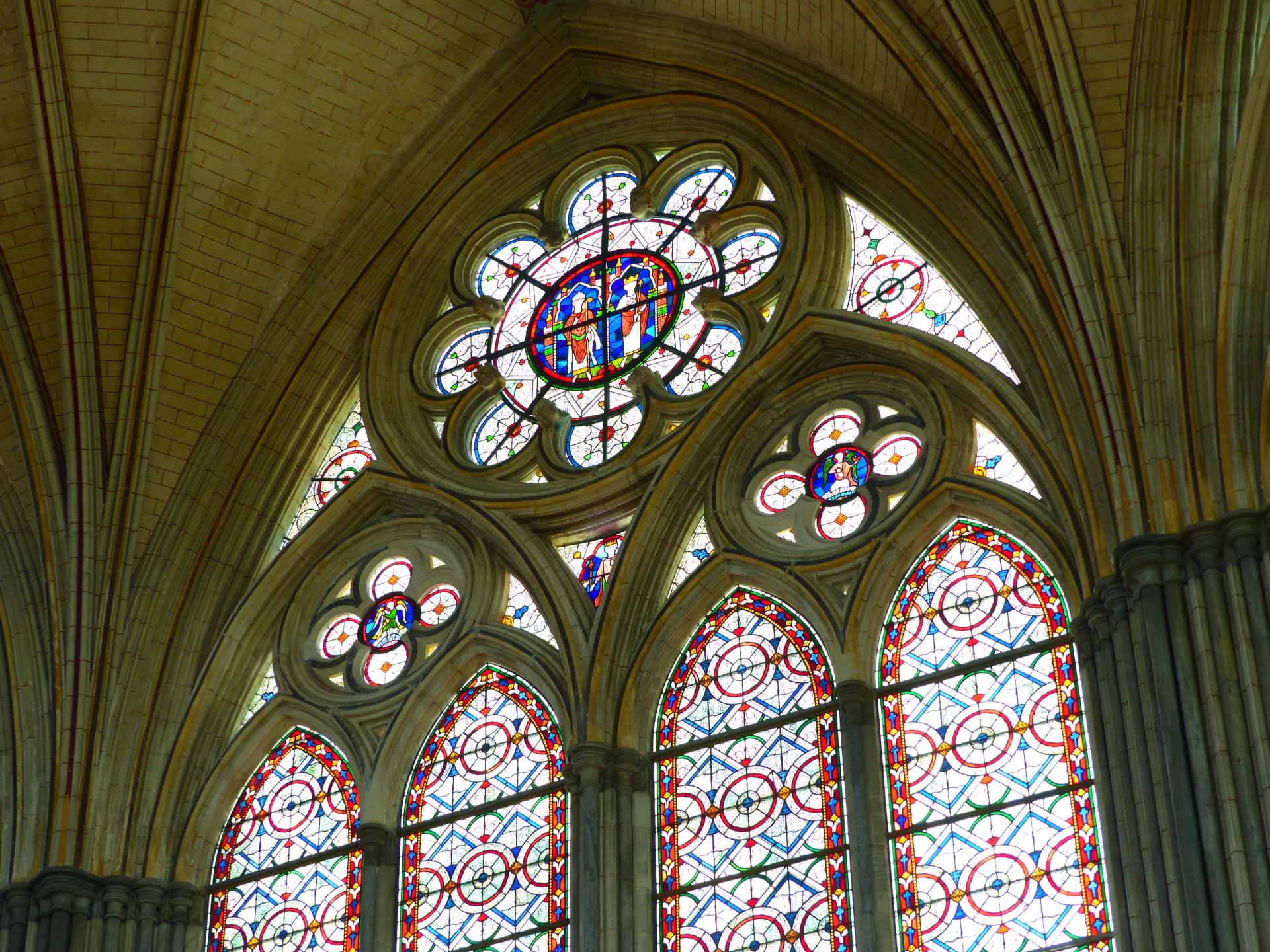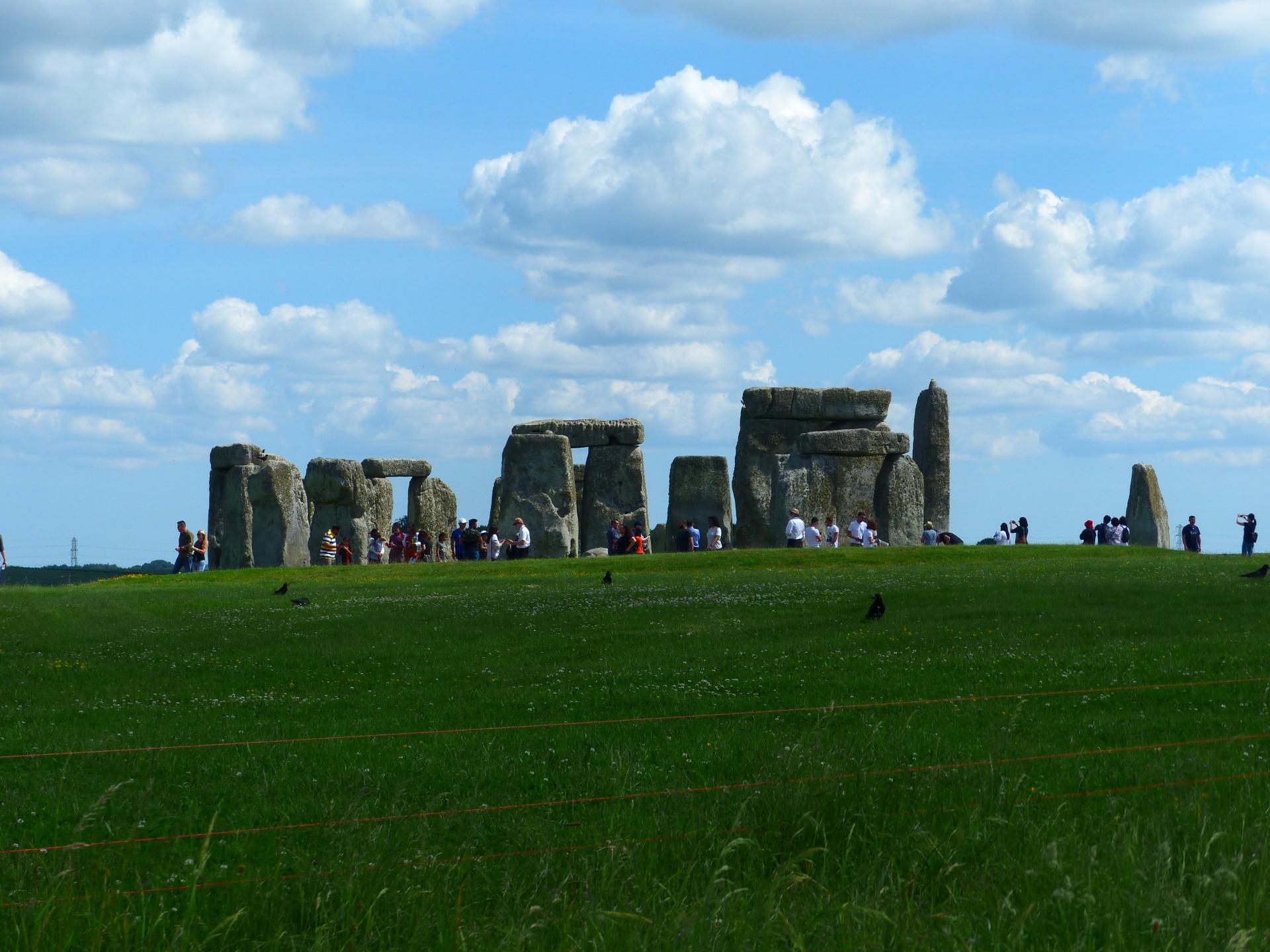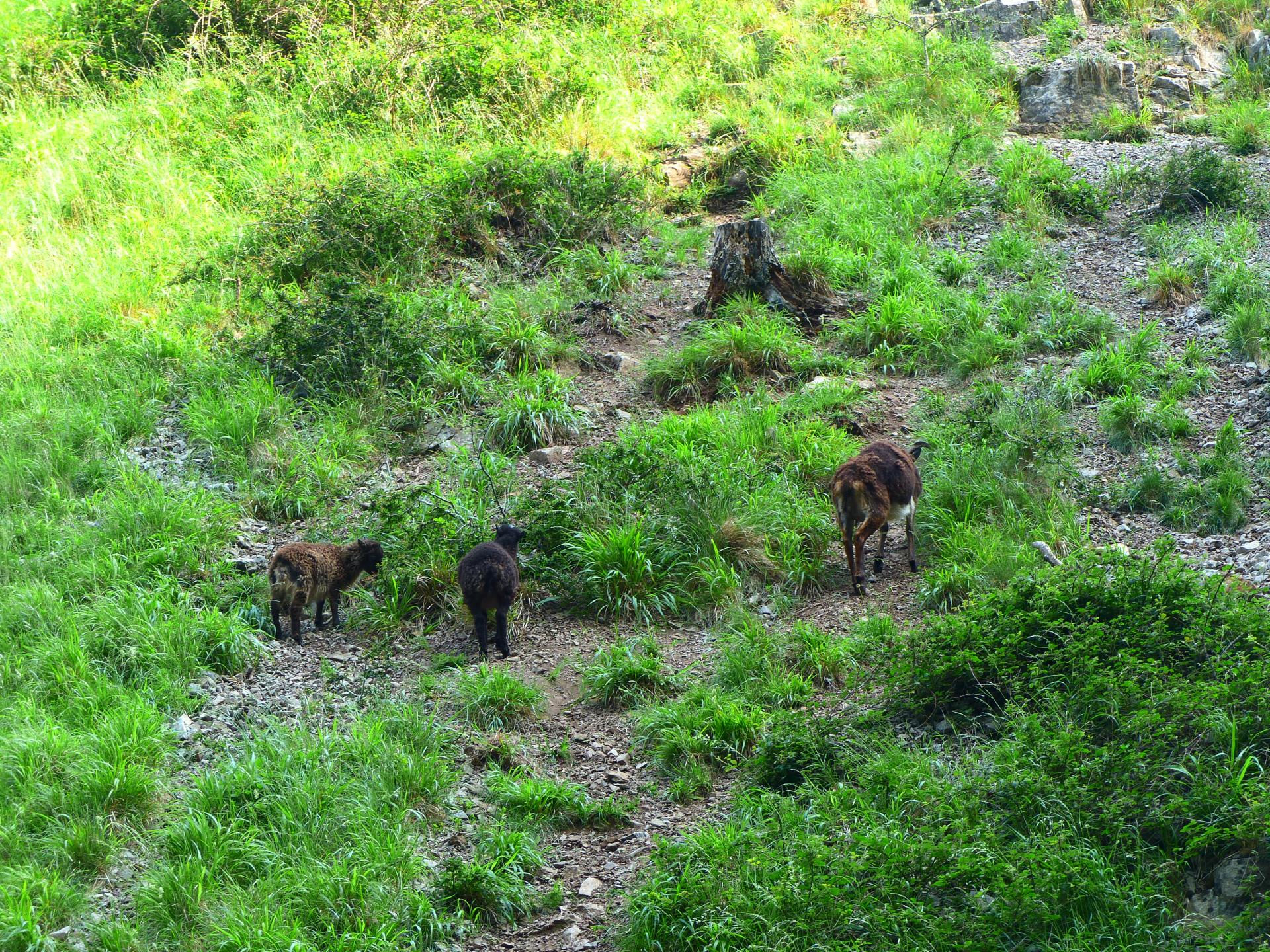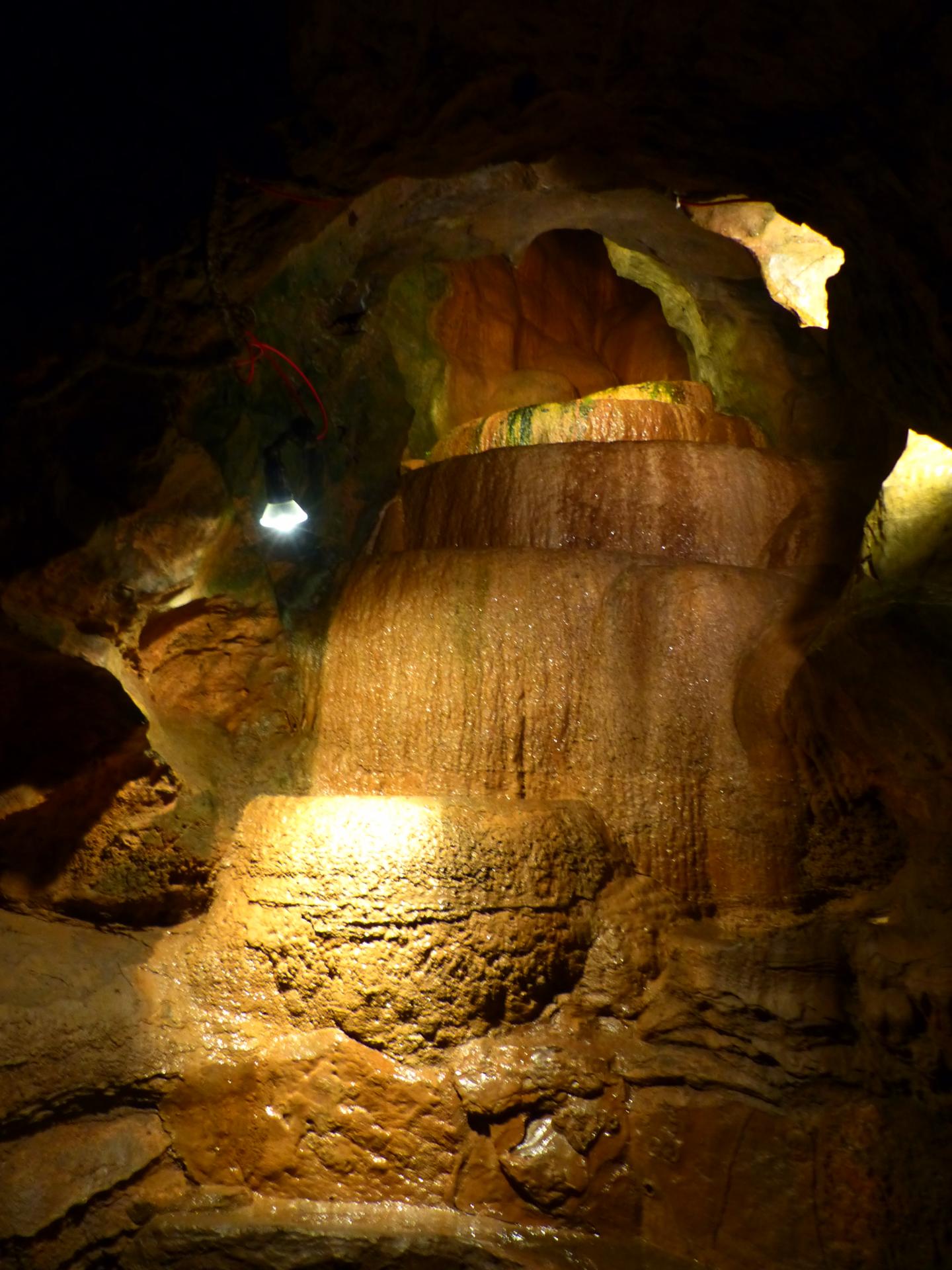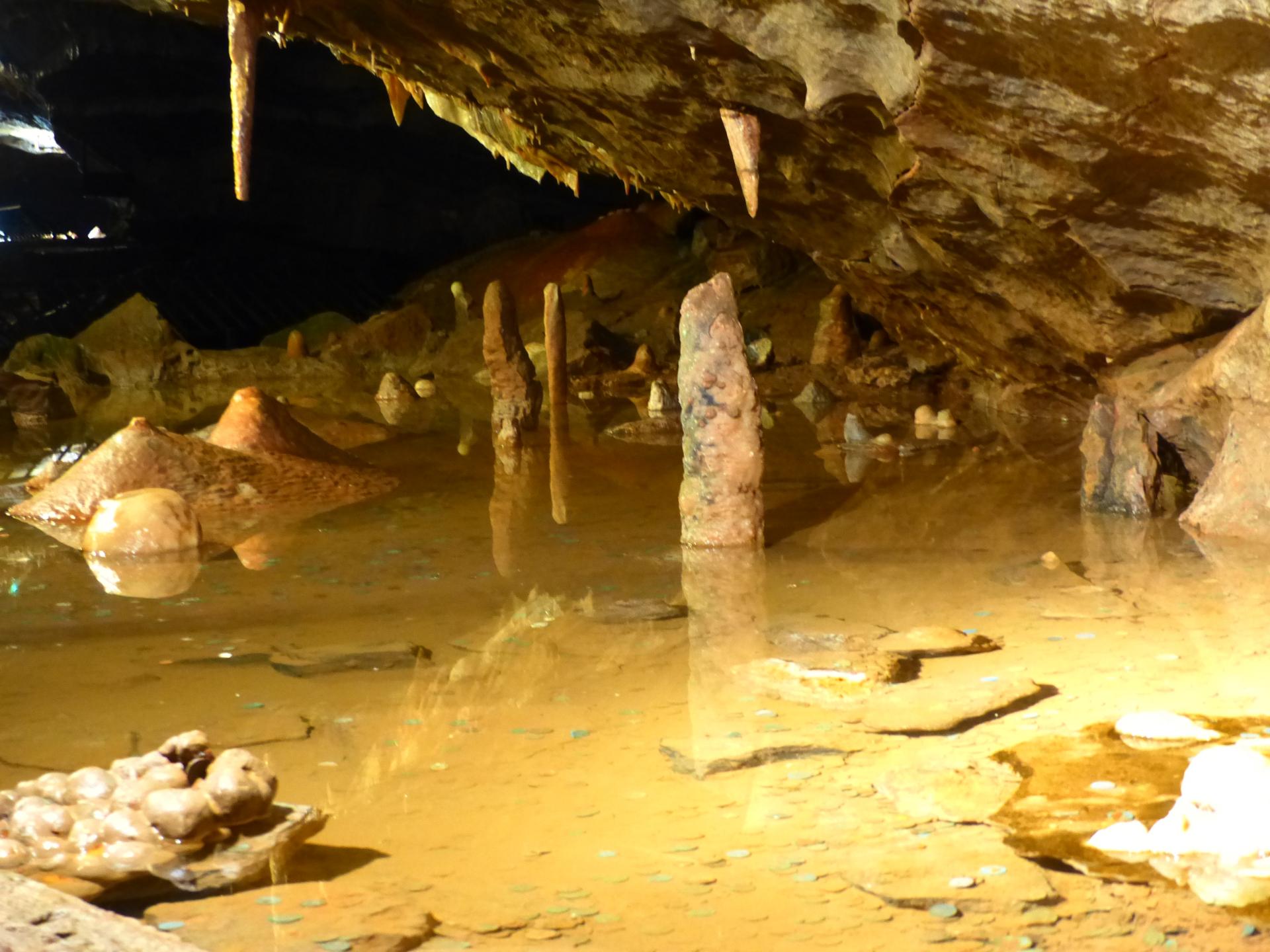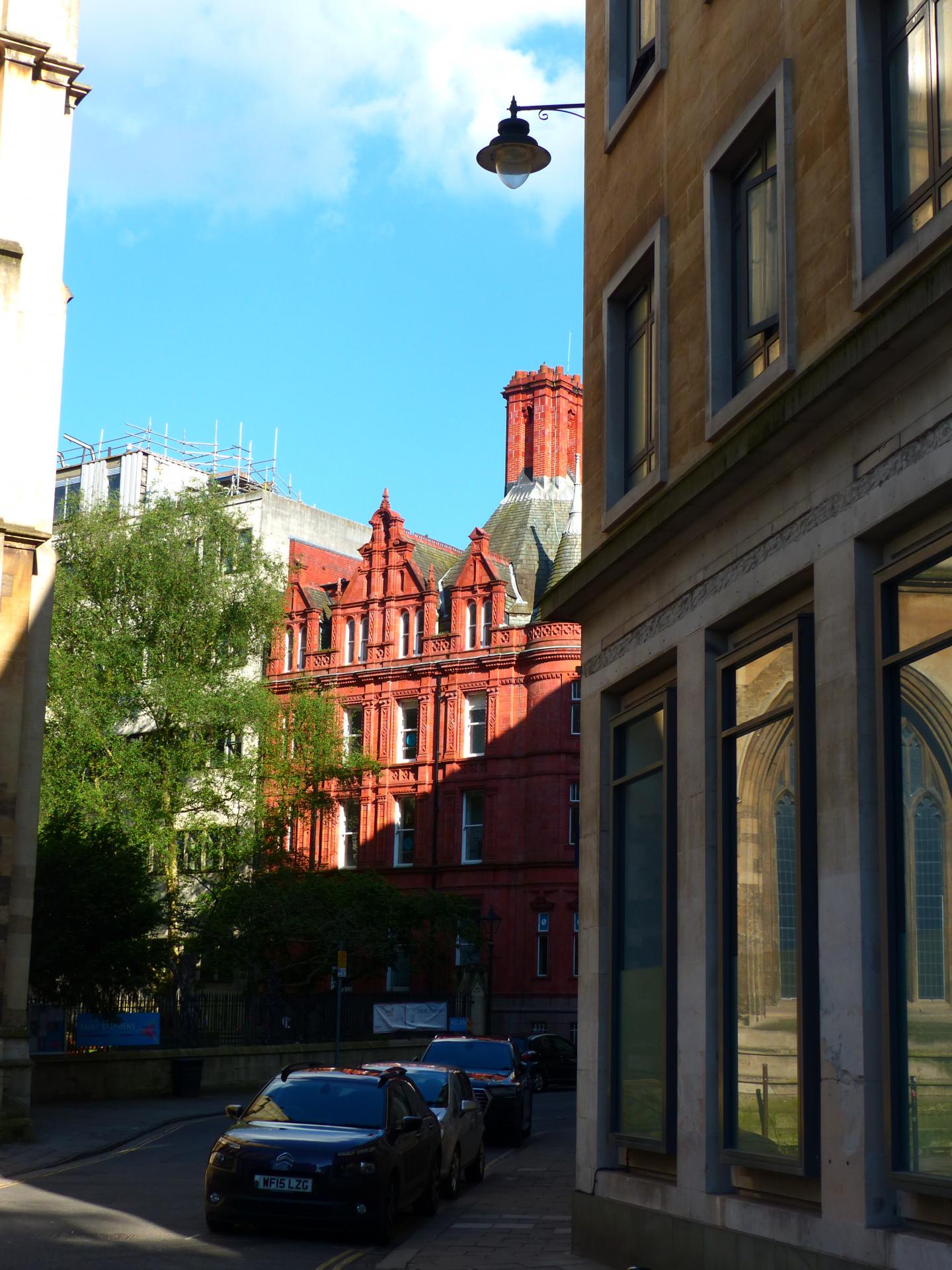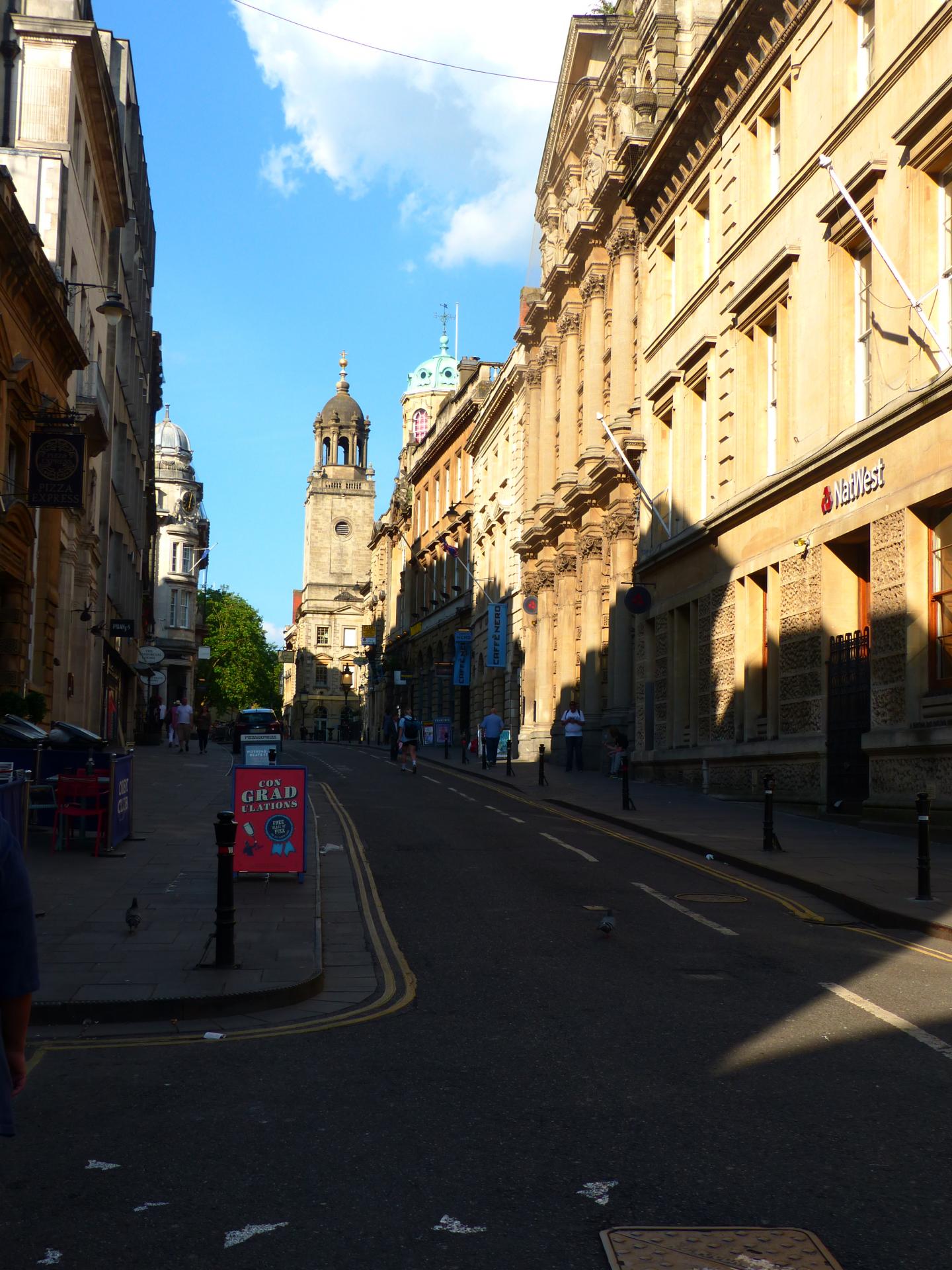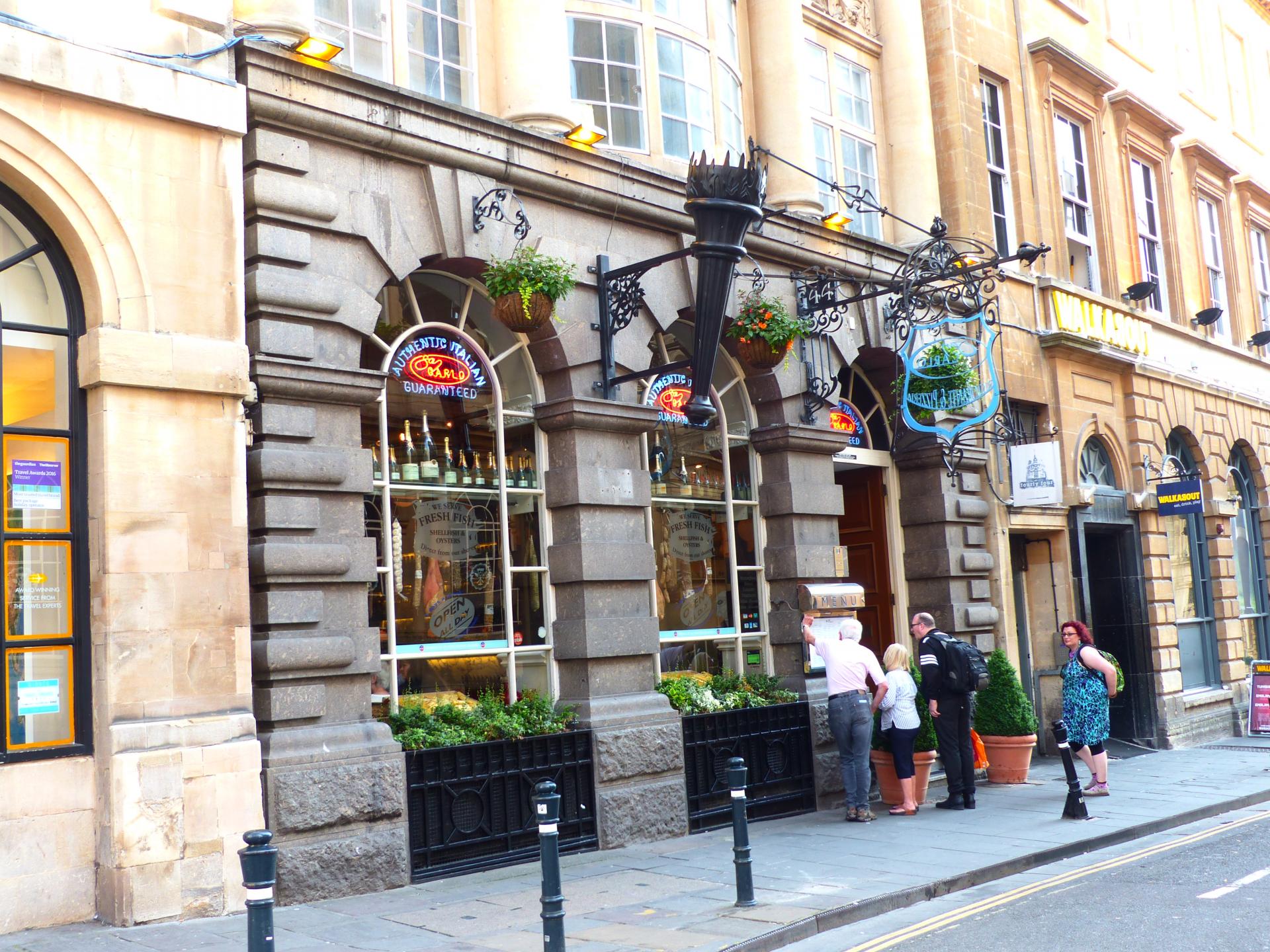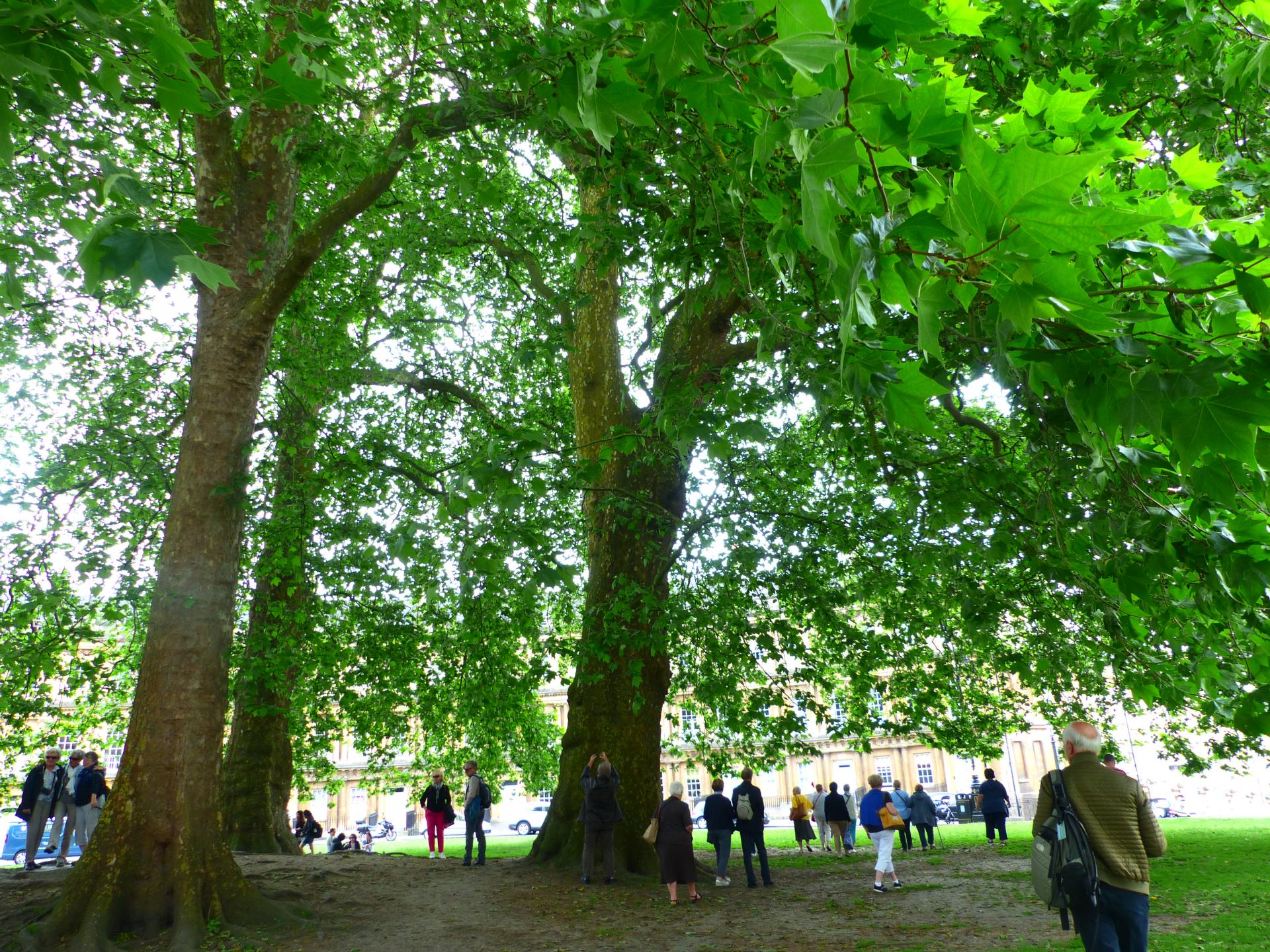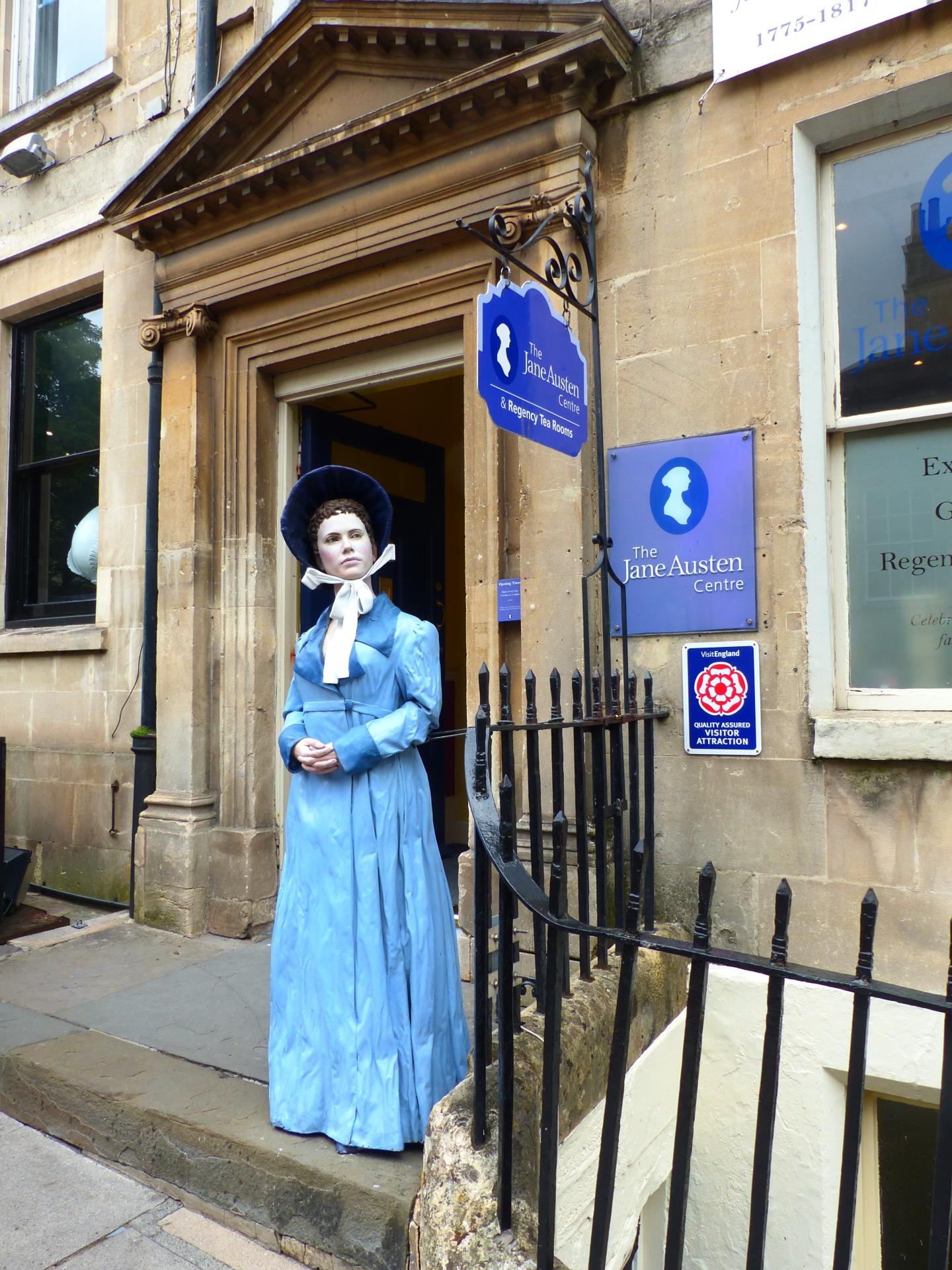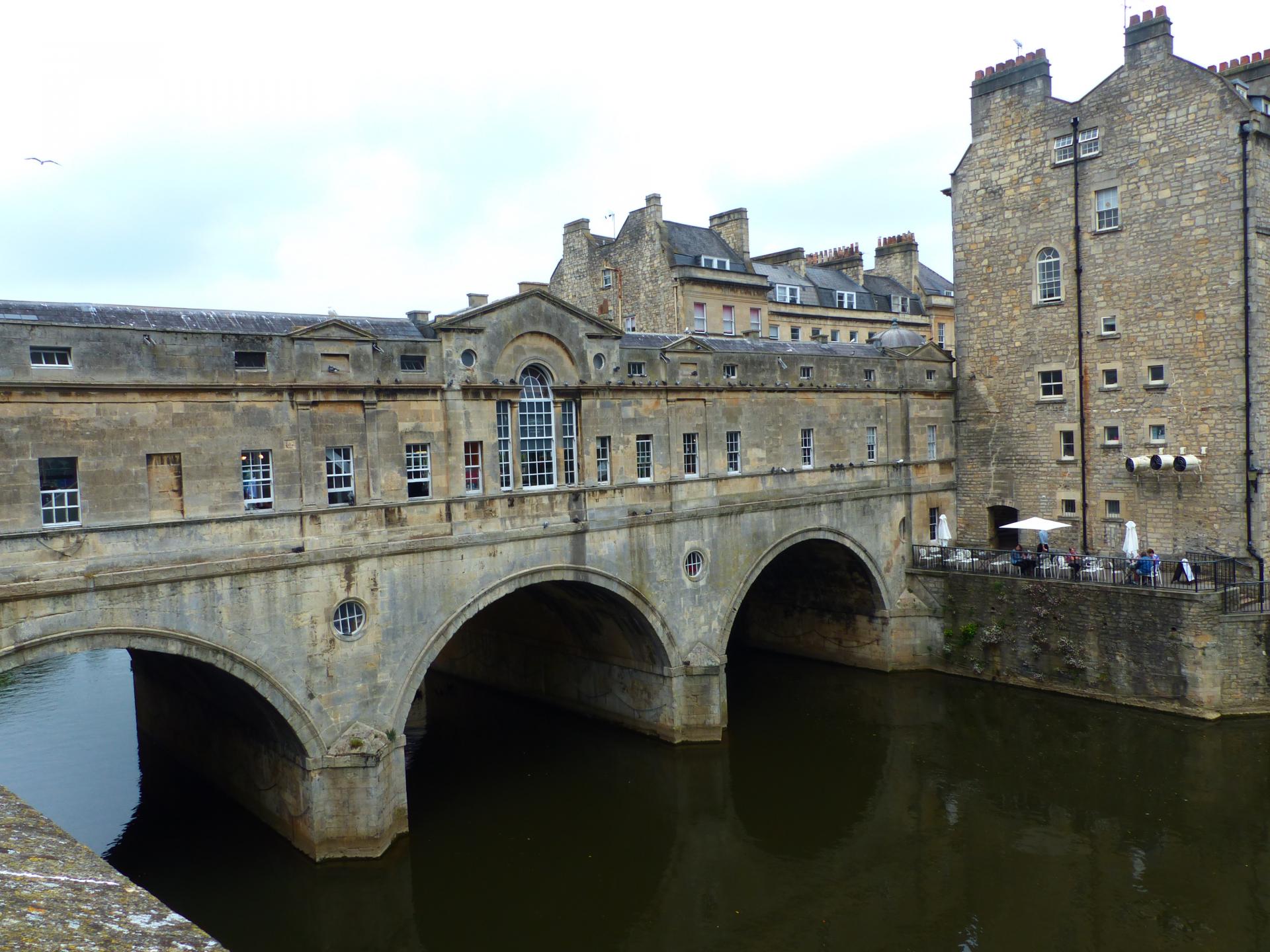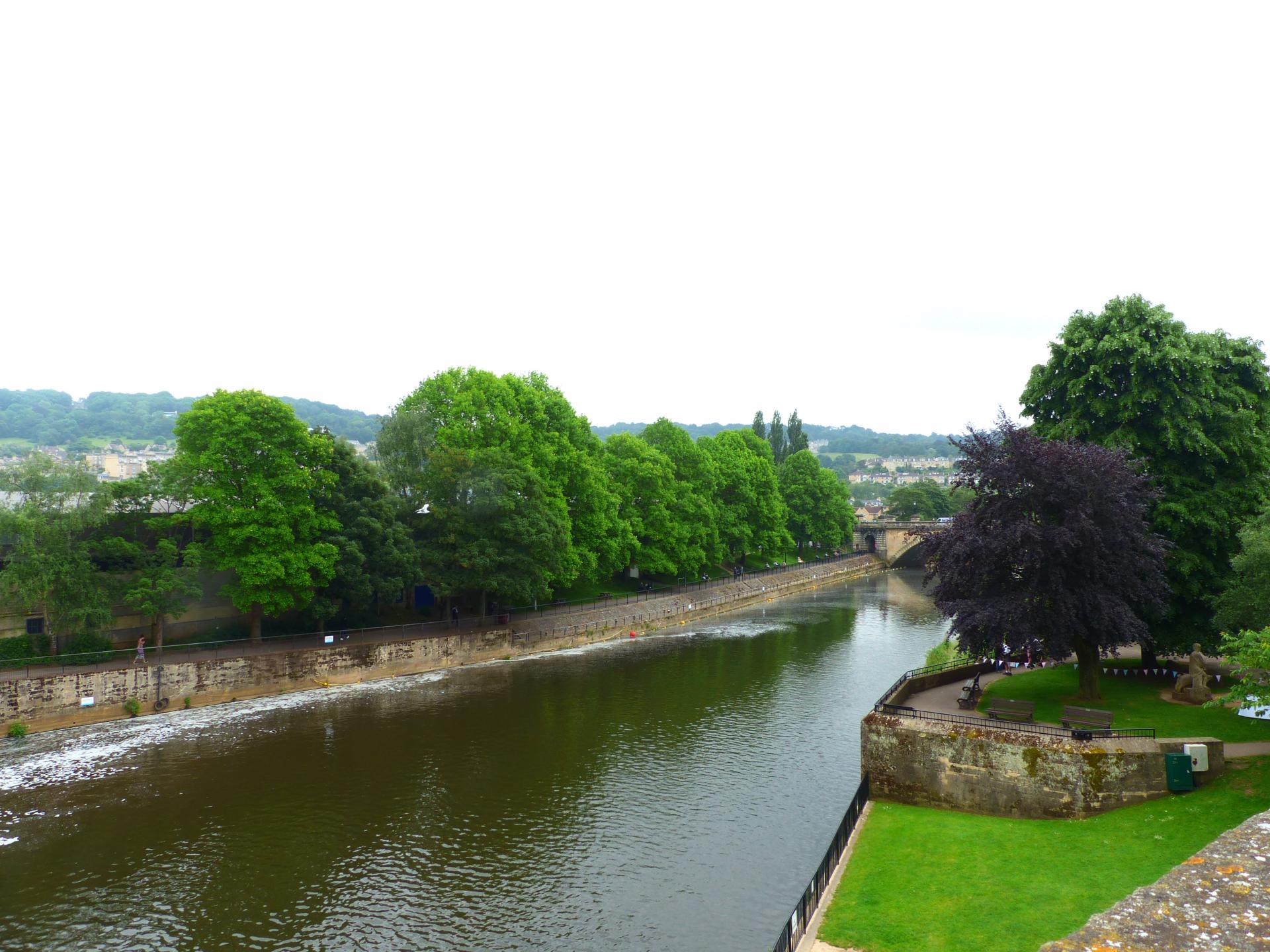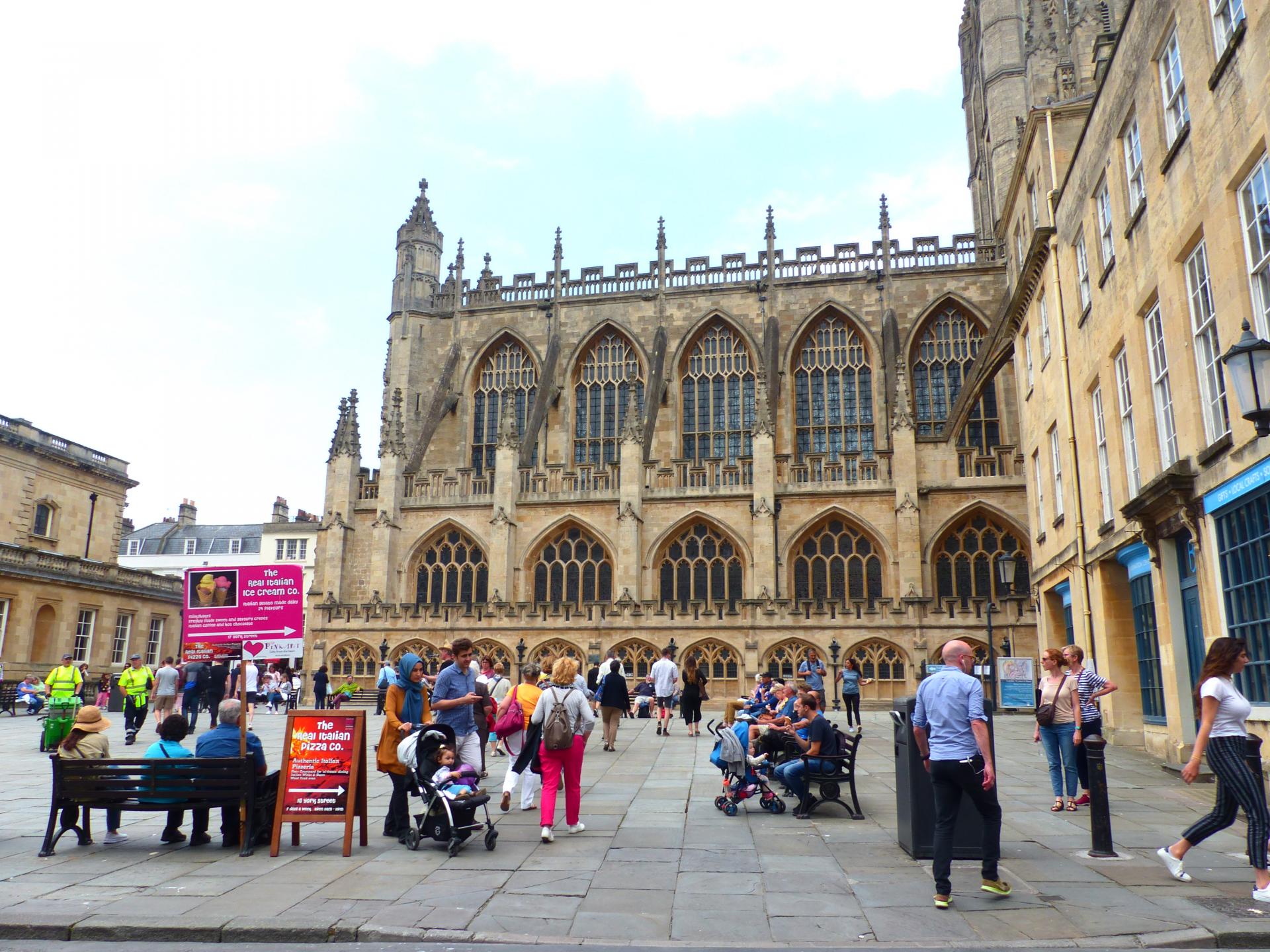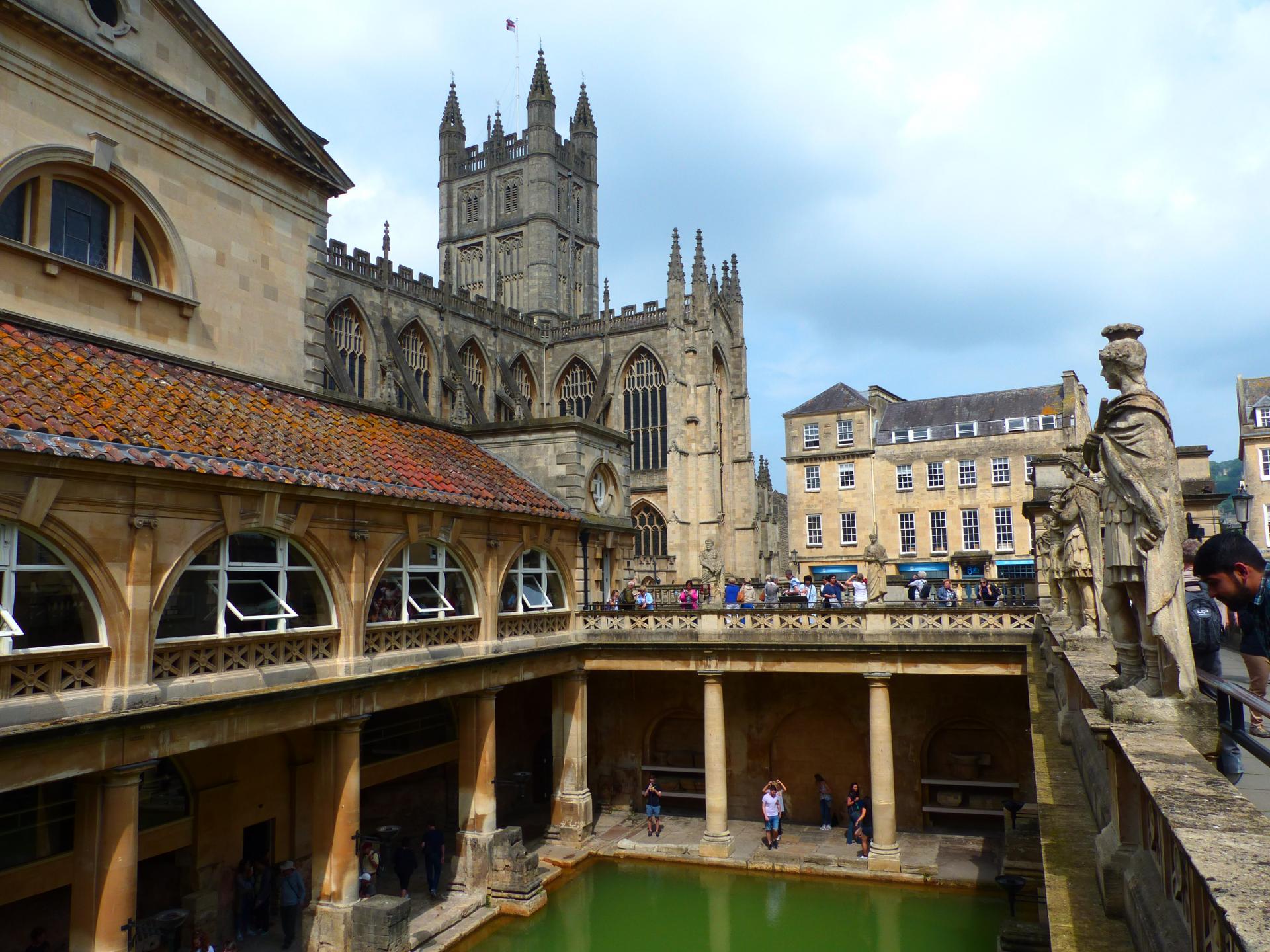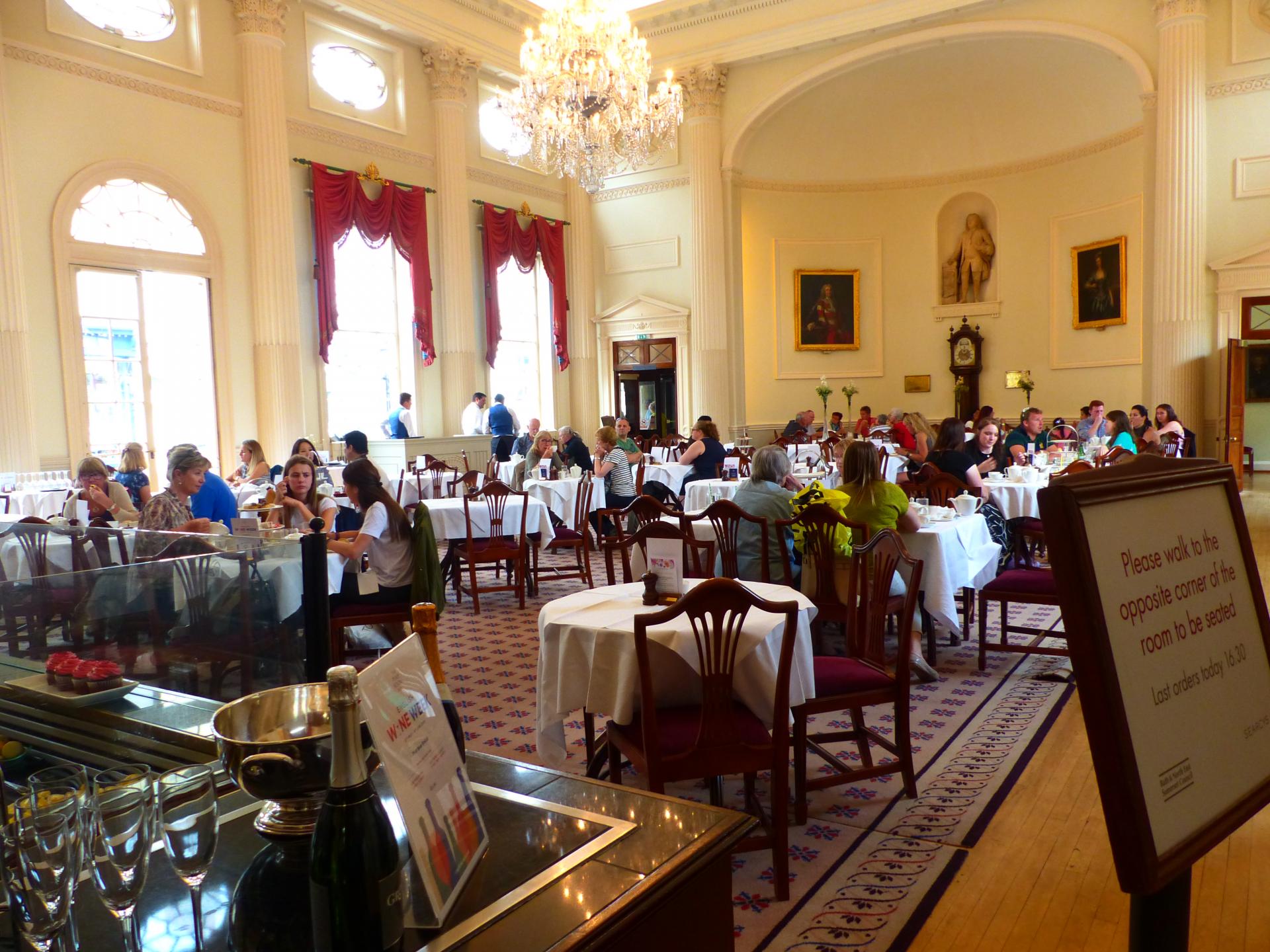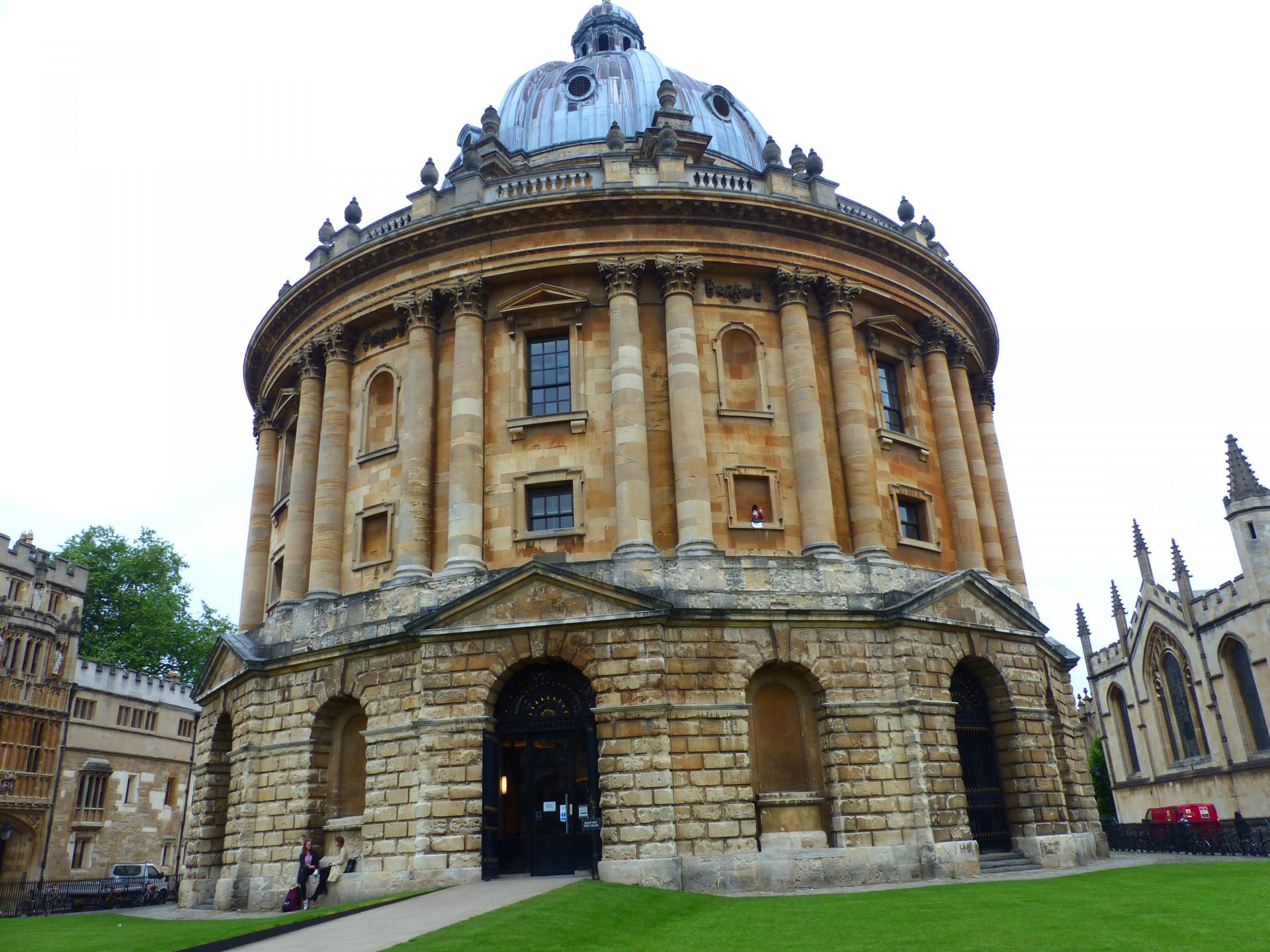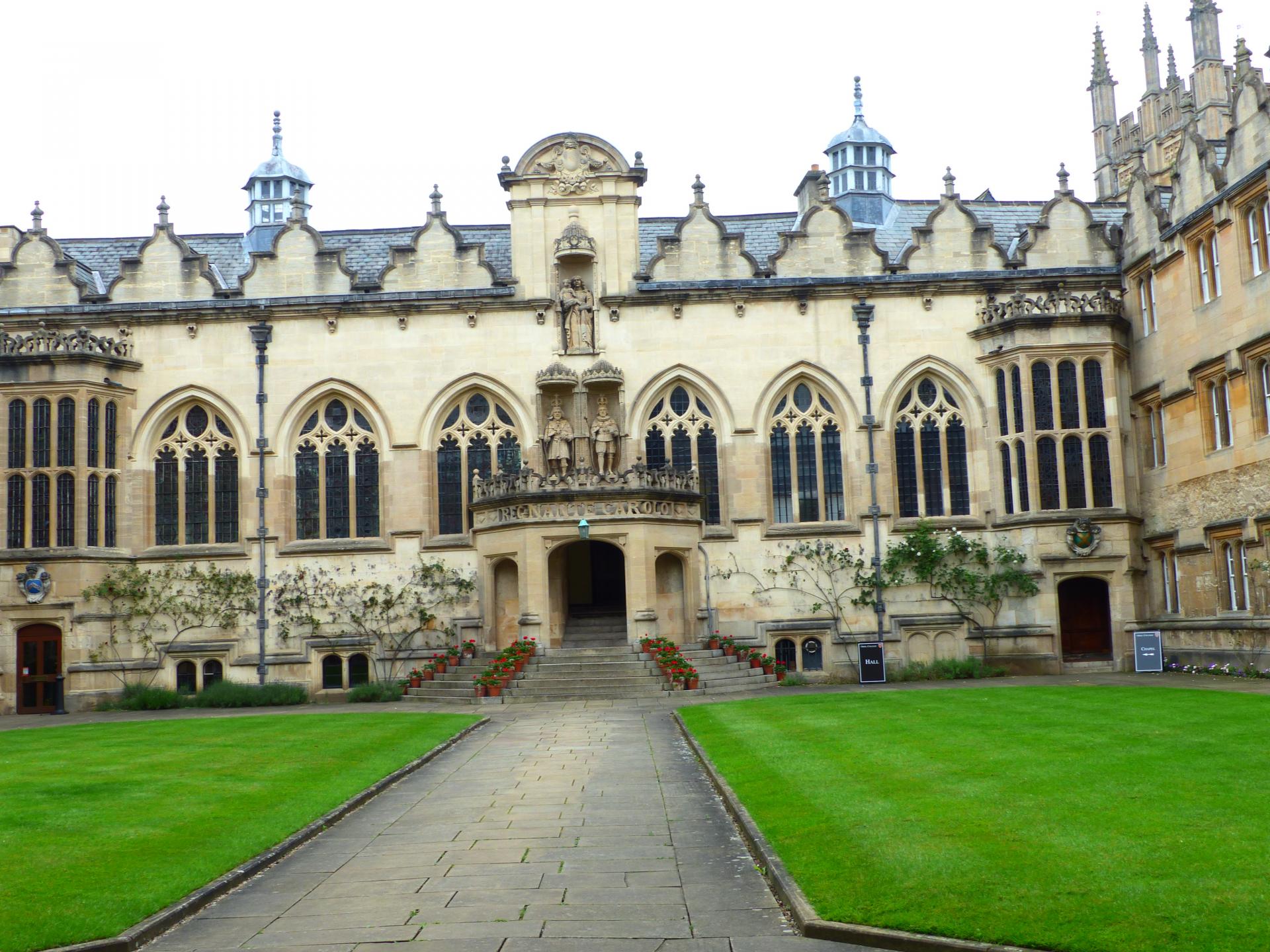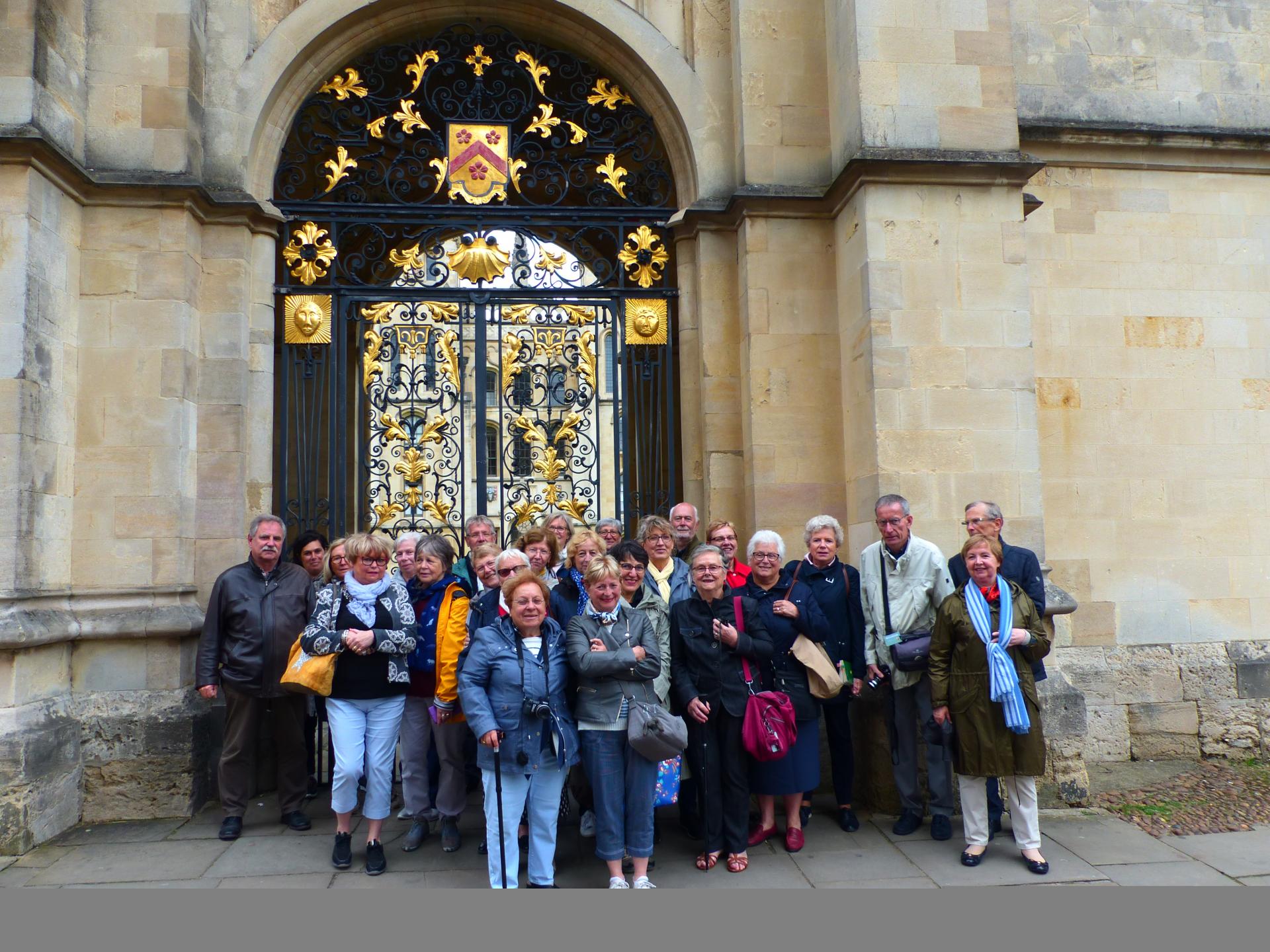SOUTHERN ENGLAND
Ces textes ont été élaborés par Diana Bailey.
BRIGHTON
The most popular seaside town close to London, only an hour by train, with good sandy beaches.
Brighton developed with the fashion of sea-bathing, considered to have healh-giving benefits :
The Lanes has become a popular district for pubs, restaurants and little shops selling antiques and jewellery,
as well as gift shops for the less discerning tourists.
The Royal Pavilion, a palace built as a retreat for George, Prince of Wales, where he entertained his friends
and mistresses, is an extraordinary eclectic example of the influence of orientalism on architecture all over Europe.
The Prince of Wales became Regent in 1 811 , his father having been affected by bi-polar disorder.
In 1820 "Prinny" became George 1V on the death of his father, and was less free to visit Brighton.
Brighton had two piers, which were a huge attraction to visitors. Sadly the West Pier was destroyed by fire in 1975.
The popularity of Brighton continues and now the city has a naturist beach and a Gay Pride Day.
SALISBURY
Also in Wiltshire, about 10 miles from Stonehenge, this beautiful city was originally a Roman town.
Today its cathedral is a centre of attraction. It has the highest spire in the UK, the most harmonious
early English Gothic architecture in local stone, and houses the best copy of the Magna Carta.
?????The town has many well- preserved medieval houses.
STONEHENGE
Perhaps the world's most famous prehistoric monument, situated in south west England in Wiltshire.
It is located thirteen kilometres north of Salisbury, and four kilometres west of Amesbury.
Stonehenge is a megalithic monument composed of a set of concentric circular structures,
erected between 2800 and 1100 BC, from the Neolithic to the Bronze Age.
This is a very managed and paying experience, but the area is rich in prehistoric traces.
Close by are Avebury, the West Kennet Long Barrow (ancient burial place), Silbury Hill , (the tallest prehistoric
man-made mound in Europe), together constituting an amazing neolithic complex, freely accessible and so atmospheric!
And the Avebury stone circle is partly in the village itself, you can walk around with no constraints.
CHEDDAR GORGE
Cheddar Gorge is carved out of the limestone on the southern side of the Mendip Hills in Somerset, in the South West
of England, near Bristol. Its famous caves are perfect for ageing the West Country Farmhouse Cheddar, which
must be made in the traditional way with ingredients from the South West of England in the 4 counties:
Cornwell, Devon, Somerset and Dorset.
Cheddar is a cousin of Cantal, Salers and Laguiole.
The basic recipe for these cheeses may have been brought in by the Roman legions.
BRISTOL
Bristol is a British city located in the south-west of England (UK), on the River Avon traditionally marking the border
between the counties of Gloucestershire and Somerset, with an estimated population of 432,500 inhabitants in 2012.
A city of merchants, sailors and pirates for centuries, Bristol was, along with London, England's most important port.
BATH
This attractive town in Somerset was a Roman city, and the natural hot springs gave the city its modern day name.
In the Georgian era, with the interest in the health benefits of taking the waters in spas, fashionable people came to Bath in large numbers,
and builders and architects provided the extraordinary houses and civic buildings to lodge and entertain these affluent and fashionable visitors.
The Royal Crescent, the Pump Room, the Assembly Rooms, all in beautiful Bath stone, the shops and arcades all thronged with free-spending visitors.
Jane Austen stayed there, indeed there is a museum in the city dedicated to the author and her time in Bath in the early l9th century.
Today Bath is a vibrant and beautiful city, again thronging with tourists. It has two universities and a thriving economy.
And, unchanged, the stunning architecture delights residents and visitors alike.
OXFORD
This town, famous for its university. is also a manufacturing town. One of the world's leading universities,
founded in 1326 on a collegiate system, the university today has 30.000 students living in 39 colleges.
The teaching is dispensed mainly in the faculties. though many of the teachers have a post in a college
and some tuition takes place in the colleges. The teaching, the examinations and the diplomas are given by the University.
Oxford is often called "the city of dreaming spires", and indeed each college has its chapel.
These communities were founded by religious groups, monarchs or other rich benefactors from 1326 onwards.
Although all subjects are taught in Oxford, the university is more famous for excellence in Law and History.


